In mid-2025, Poland took another step toward full participation in international space programs. The first elements of the cargo for the IGNIS mission, in which Polish astronaut Sławosz Uznański-Wiśniewski is participating, have already been delivered to the International Space Station (ISS). This is the largest scientific and educational project involving Poland in orbit to date.
A Suitcase Full of Science and Symbols
Packing an astronaut’s luggage is nothing like packing for an ordinary trip. Every item must undergo rigorous safety procedures and be approved by international organizations. In the case of the IGNIS mission, preparations took months and involved experts from POLSA, ESA, and NASA.
The cargo included components of 13 scientific experiments as well as symbolic items, such as the Polish flag, freeze-dried pierogi, a fragment of salt from the Wieliczka mine, amber, and memorabilia related to Maria Skłodowska-Curie and Mirosław Hermaszewski. Part of the cargo was sent earlier in an unmanned capsule, while the remaining items are traveling with the astronauts aboard the Dragon capsule.
Experiments and Education in Microgravity Conditions
The IGNIS mission’s research program includes thirteen experiments across a range of fields, including biology, medicine, pharmacy, and materials engineering. These include, among others:
Stability of Drugs – a study of the stability of selected medications in microgravity conditions,
LeopardISS – an experiment on the behavior of cancerous tissues in space,
CellBoxPoland – observation of skin cells under altered gravitational conditions,
Koral – testing composite materials for future extraterrestrial structures,
ISS-EduLab – an educational package for pupils and students, enabling them to follow experiments carried out in orbit.
An important element of the mission is also its popularization component. Uznański-Wiśniewski will conduct live educational demonstrations from the ISS, which will be broadcast to schools across Poland. Preparing these sessions required additional consultations, including certification of the substances used — some props, such as a postcard from the Polish People’s Republic or blue dye, were not approved for safety reasons.
Earth Helps from Orbit
Although the mission is taking place in space, its success depends on the work of teams on Earth. Hundreds of specialists spent over two years planning every detail — from the contents of the cargo to the astronaut’s daily schedule. Even the use of a single bottle of water for a scientific demonstration required consultation with the ISS crew. All of this was done to minimize risk and ensure safe working conditions.
The journey to the ISS itself requires precise coordination — the capsule must reach a speed of over 28,000 km/h and dock accurately with the station. This is one of the most technologically advanced projects in which Poland is currently involved.
A New Chapter in the History of Polish Space Exploration
The launch of the IGNIS mission is not just a scientific milestone, but also a symbolic moment for the entire nation. For the first time, a Polish astronaut will participate in such an extensive research program in space. This achievement is the result of years of collaboration among scientific, governmental, and industrial institutions.
As Dr. Aleksandra Bukała from POLSA emphasizes, Poland’s involvement in the IGNIS mission is a testament to the growing capabilities of the national space sector. It is also a step toward future missions — not just into orbit, but perhaps, in the near future, to the Moon or Mars.
Sources: Science in Poland, POLSA








